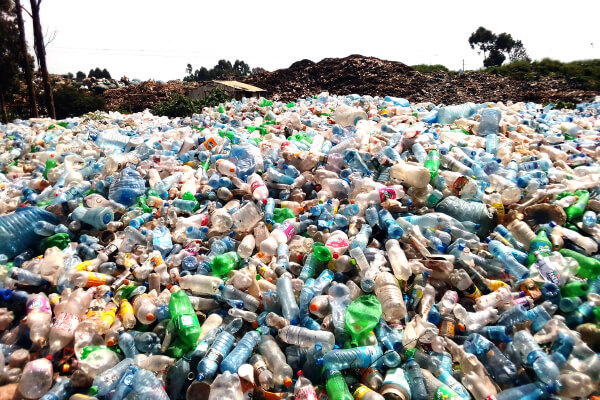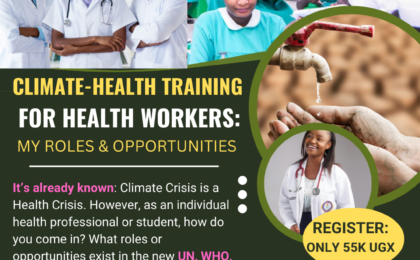Plastic Pollution & UNEP’s INC-3: What is the state of plastic pollution & why INC-3 now? Let’s dive in!
Plastic pollution refers to the accumulation of plastic materials and products in the environment, particularly in oceans and other water bodies, but also in land ecosystems, thereby disrupting plant, animal, and human health. It is a significant environmental problem that arises from the improper disposal and management of plastic waste.
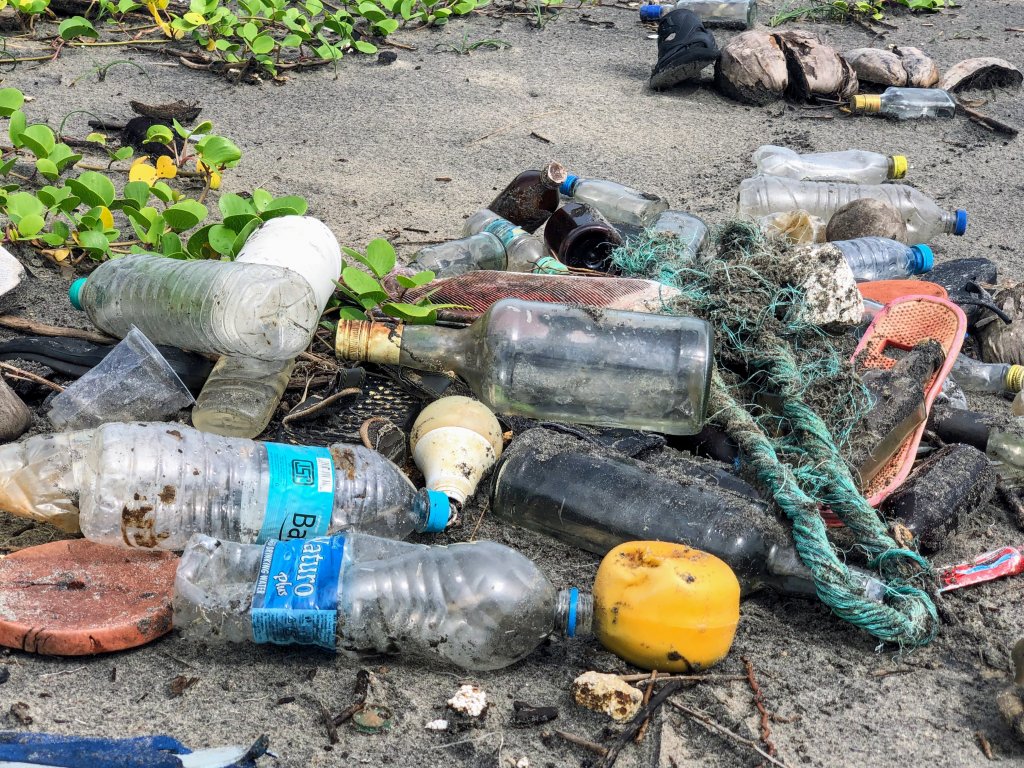
As such, while the problem has been with us (or with UNEP) for decades, it just landed on UNEP’s radar or list of serious problems of our time! In 2022, during a UNEA meeting, UNEP Member States passed a resolution that asked for the creation of a special Secretariat (or the INC) to develop a global policy instrument (legally binding) for sound management of plastics.
I and MIKLAH Life are participating in the UNEP’s Third Session of the Intergovernmental Negotiating Committee (#INC3) to develop an international legally binding instrument on #plasticpollution, including in the marine environment and I would like to use this opportunity to share some highlights and developments with fellow youth, environment enthusiasts, and sustainability entrepreneurs, including those who have had no chance for in-person attendance.
NB: I have written on some other UNEP processes before, including SAICM Chemicals and Waste and UN-Habitat Assembly. You can go ahead and see how I make difficult processes easy to grasp!
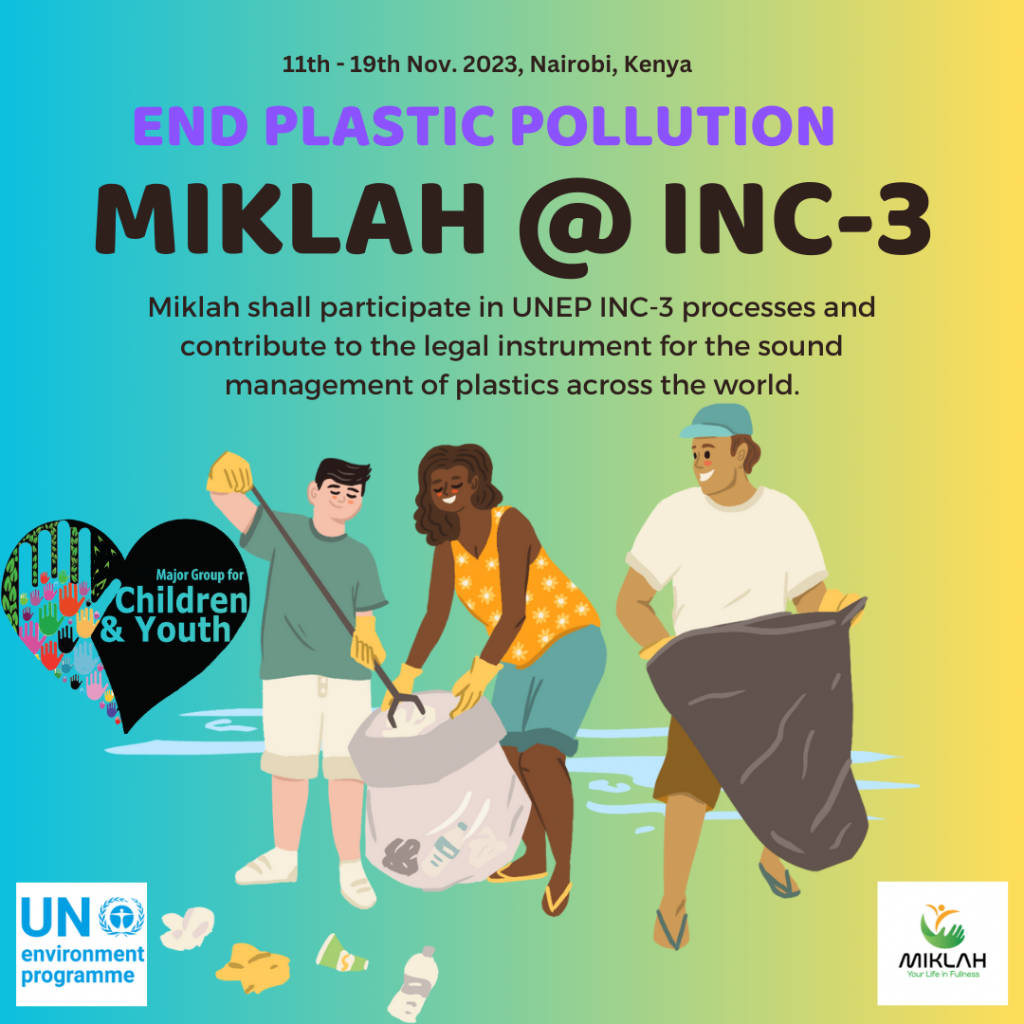
Today, let us briefly explore the problem of plastic pollution and why UNEP’s efforts in this area are important. We will also briefly hint at the meaning of INC, its progress, and its possible future.
Plastic pollution is a global epidemic!
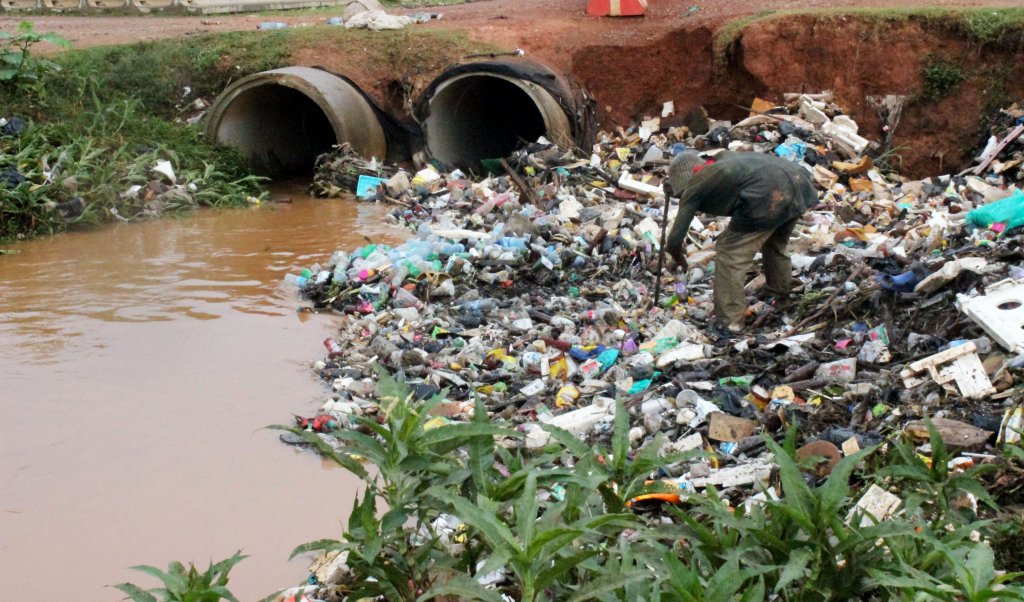
Globally, we produce over 400 million tonnes of plastics per year, with about 50% of it single-use plastics and two-thirds of it for short-term use. As a result, per year, on average, we produce 139 million tonnes of plastic waste, and about 79% of it is dumped in our environment, especially the ocean. As a matter of fact, 100,000,000 marine animals die each year from plastic pollution.
Plastics take between 500-1000 years before they can degrade or break down, implying they are a danger wherever they are.
To humans, world researchers agree that between 400,000 and 1 million people succumb to illness and situations created by dumped waste, plastics being some of the major culprits. Microplastics are a danger to human health, especially in women, children (read here and here), and youth, where they affect fertility, hormonal balance, metabolic and neurological activity, and learning. Air pollution from burning plastics affects our respiratory health.
Additionally, plastics contribute to the climate change crisis. Research shows that plastics greatly contribute to greenhouse gas emissions (about 15%) and thus the global climate change crisis. Read more here.
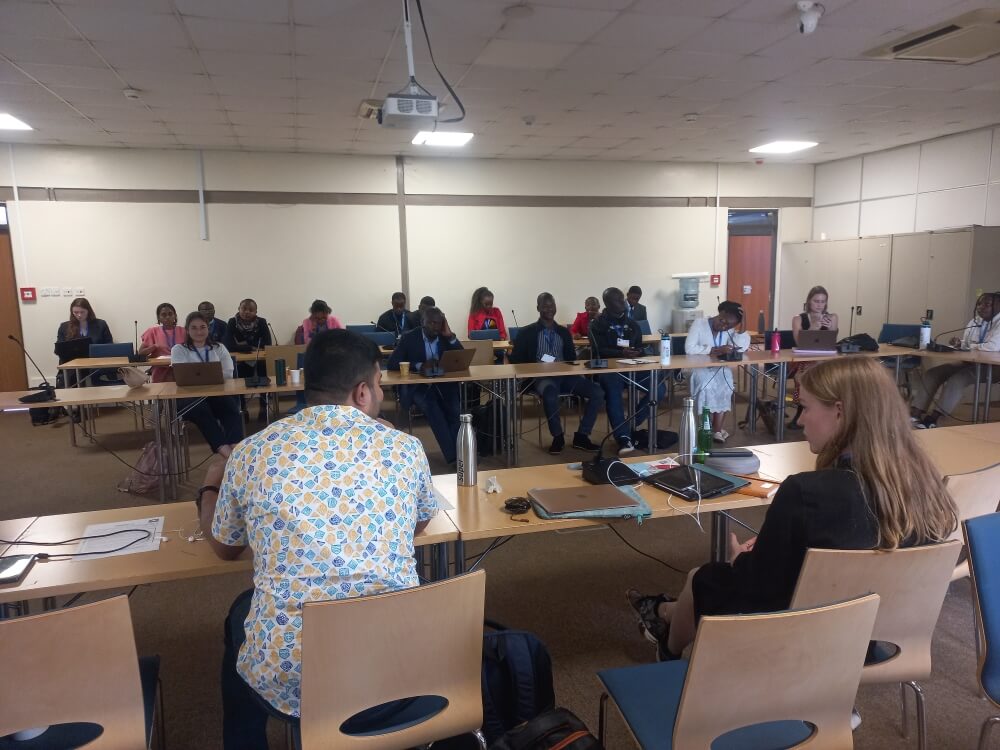
In Uganda, roughly 600 tonnes of plastics are produced each day across various cities, with Kampala alone contributing 180 tonnes. This implies that, in a year, Uganda accumulates about 220,000 tonnes of plastics. Well, to make the impression easy for those of us who are familiar with weight in kilograms (kgs), understand that 1 tone is equal to 1000 kgs. Therefore, 220,000 tonnes is equal to 220,000,000 kilograms of plastics. This is massive!
Sadly, of these plastics, roughly between 30-40% is collected and disposed of correctly. The rest of the plastics (approximately 70%) finds their way into our environment where they pollute land (soil), and water, and blocks off various drainage system, thereby significantly disrupting both aquatic and land life.
As we speak, a 2021 study by FlipFlopi found plastics across all locations of Lake Victoria, implying that plastics are everywhere in that lake, which supposedly supports more than 40 million people across Uganda, Kenya, and Tanzania. As plastics destroy fish and every life in the waters, those 40 million people are at risk too.
This issue is bad in Kenya & and Tanzania as well. A recent report by the United Nations Conference on Trade and Development (UNCTAD) says that about 996,000 tonnes of plastic waste are produced in Kenya per year, implying about 2,646 tonnes per day. World Bank insists that more than 2,400 tonnes are of general solid waste, with plastic waste comprising 20% of this.
The problem of plastic pollution in Kenya is extensively elaborated here. Either way, only 27% of plastics are collected and disposed of correctly, implying that much of it finds its way into the environment.
In Tanzania, the country produced 315,000 tonnes of plastic waste in 2018 alone. Only 34% of plastic waste is collected, with 95% of all plastic waste being mismanaged. In 2018 alone, ’29 thousand tonnes of plastic leaked into oceans, rivers, and lakes in the country’.
In all the above instances, it is clear plastics and their pollution are a global epidemic that needs an urgent multi-lateral approach for sound management. This brings us to a brief introduction to UNEP’s INC, a dedicated Secretariat for global management of plastics.
Plastic Pollution & ICN-3, How did we reach here?
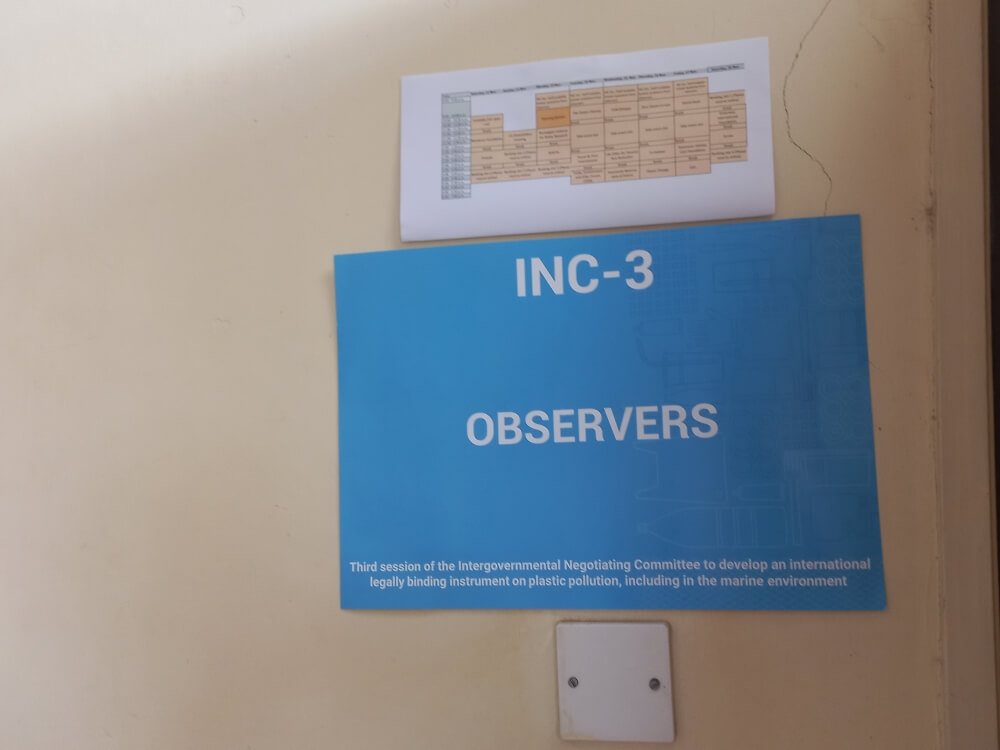
In 2022, during the usual meetings of UNEP (specifically, the resumed fifth session of UNEA-5.2), Member States agreed that plastic pollution was a major public health hazard for animals, humans, and our planet. They decisively agreed to establish the Intergovernmental Negotiating Committee (INC) to develop an international legally binding instrument on plastic pollution, including in the marine environment.
This special body or Secretariat is meant to finish up its task in 2024 and the instrument produced shall guide all member states in coordinated, organized, and well-facilitated efforts to combat this problem.
INC-3 or the Third Session of the Intergovernmental Negotiating Committee (#INC3) to develop an international legally binding instrument on plastic pollution, including in the marine environment is simply the third session of UNEP’S processes or system intended to work on a global policy document or instrument that shall guide production and management of plastics or even elimination of some forms of these plastics.
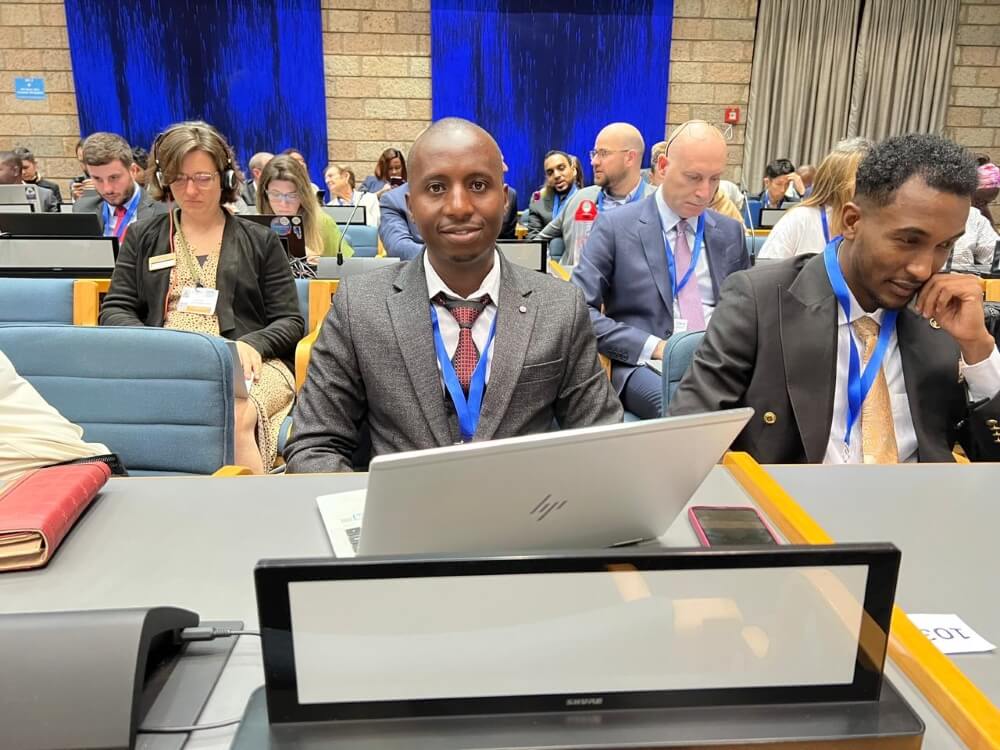
As such, it means there was INC-1 (Uruguay), INC-2 (France), and there will be INC-4 (Canada), INC-5 (South Korea), and possibly more depending on issues that shall keep arising or staying unaddressed.
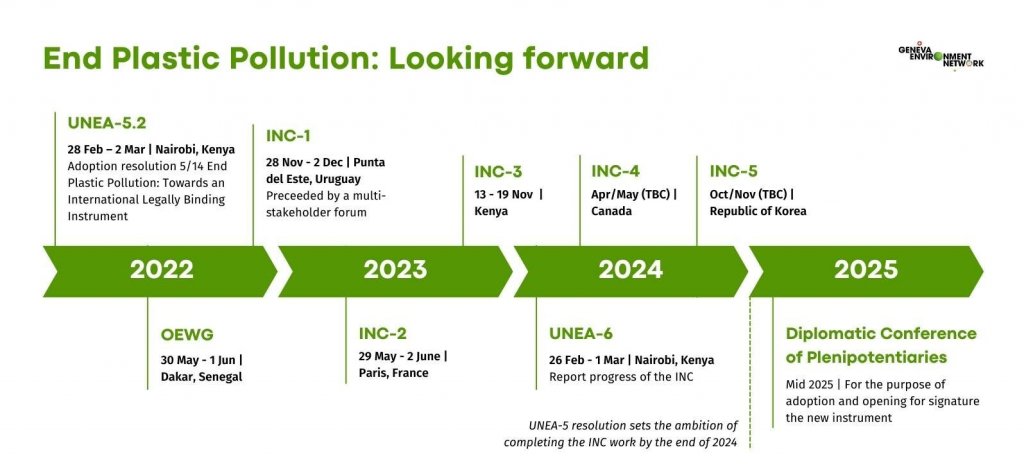
So far, two documents or drafts are of importance: 1. The Zero Draft, which tries to put together ideas and thoughts proposed during INC-1 and INC-2 (can be found here OR here); 2. The synthesis report tries to put together thoughts and ideas that Member States were not able to submit or talk about during INC-2 (can be found here). What document shall come after INC-3? We will keep it in the loop when it finally drops!
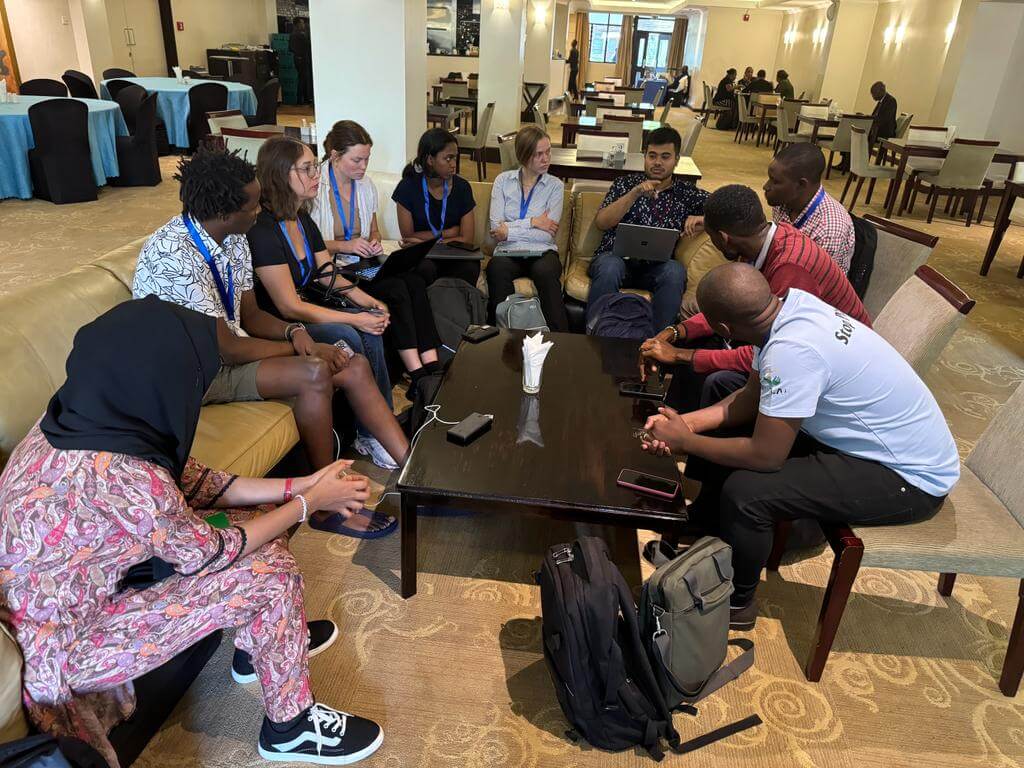
Wait! There is even a rumor that INC might grow into a standalone UN Convention just like UNFCCC or any other that you know! Accordingly, some UN Member States, including the President of Kenya have already requested that the Secretariat of INC or the ‘Convention on Plastic Pollution’ be held at UNEP Headquarters in Nairobi, Kenya. These are developments we need to keep tabs on!
In my next article, I will deeply dive into the origin and progress of UNEP’s efforts for plastics management, including the document drafts or resolutions made per each meeting. We will also explore the science of plastics and see how it relates to human, plant, and animal health.
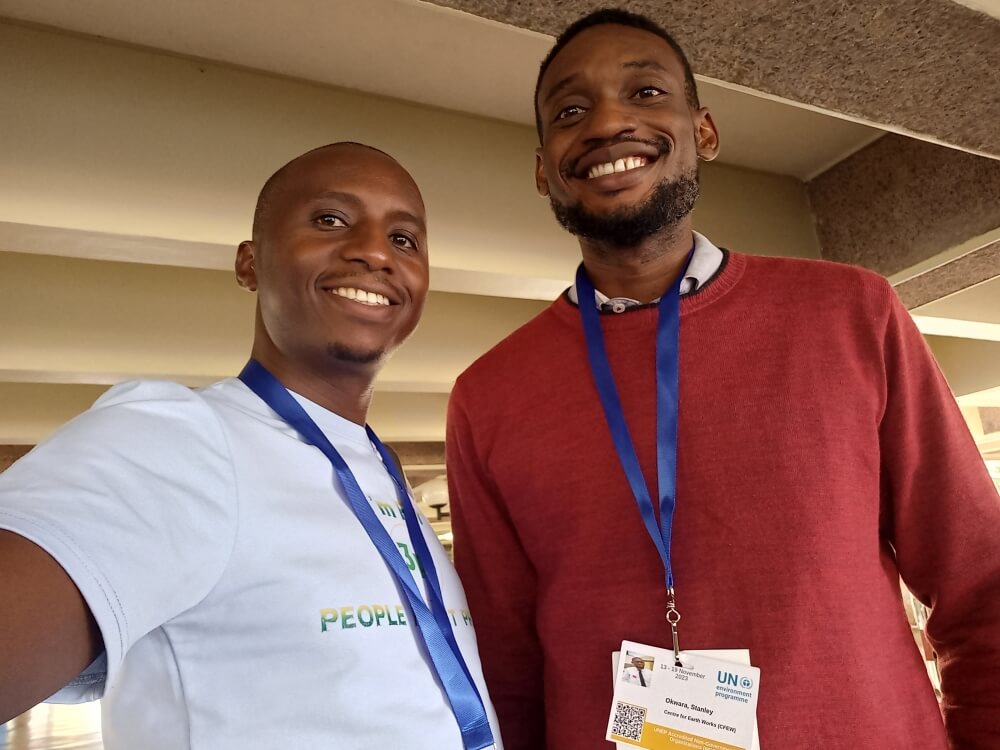
ICN-3 and UNEP processes & How to Get Involved
Well, just like UNFCCC COPs, one needs to be registered or accredited via UNEP’s system, also called INDICO, so as to participate. As usual, you can be accredited via your Government (the country’s focal point; for Uganda, that is NEMA) or via Non-Government Organizations that are accredited with the UN (ECOSOC).
In my case, I am a youth member of the UN Major Group for Children & Youth (UN MGCY), which is a formal youth constituency to UNEP processes just like YOUNGO is to UNFCCC processes. UN MGCY is accredited with ECOSOC, implying it can actually forward your name for consideration by whatever Secretariat of the UNEP process could be happening! Additionally, even when UN MGCY has no spots on its accreditation card, it can liaise with other accredited organizations and still help you out.
So, in brief, just join UN MGCY and start from there. There are many other umbrellas, but getting into UN MGCY and the mailing list will keep you plugged into almost all other related bodies or umbrellas.
Keep it #MiklahLife via our WhatsApp Group or mailing list. Thank you

